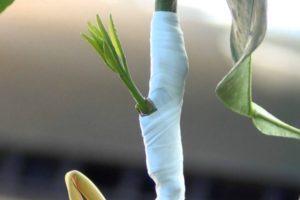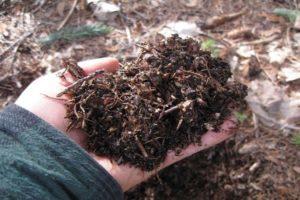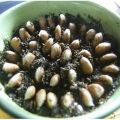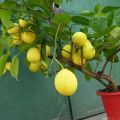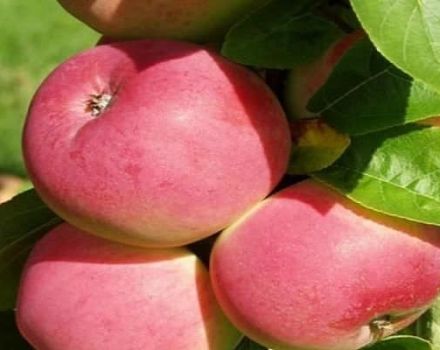Rules and scheme for pruning and forming a lemon crown at home for fruiting in a pot for beginners
Lemon became an indoor culture not so long ago. It is not difficult to care for it, and a rich harvest of yellow vitamins ripens at home. An important procedure for caring for a young tree is pruning lemon shoots. It helps to form the crown, prolong the period of fruiting, and is the prevention of diseases. If you neglect pruning, few side shoots grow, the lemon looks untidy. In addition to trimming, a pinching procedure is also carried out.
Content
- 1 Why you need to prune
- 2 Features of the growth of lemon branches and their pruning
- 3 Dates of the procedure
- 4 What tools will be needed
- 5 Schemes and technologies for the procedure
- 6 Care after pruning
- 7 How to form a crown without cutting
- 8 How pinching differs from trimming
- 9 Pinching and removing excess blooms
- 10 Tips for Beginners
Why you need to prune
The lemon tree is pruned for three main reasons:
- Aesthetic. From the first year of growth to the beginning of fruiting, they are engaged in crown formation. If you don't, the lemon will grow into a long stick. Pruning gives the bush a neat look.
- Sanitary. Old and diseased branches are periodically removed, and pests and diseases are prevented.
- To increase the yield. If you cut off the weak and old branches that "fatten" the shoots, then the plant will not waste energy on them, more lemons will be tied.
Should pruning be done for old wood? Be sure, this procedure will rejuvenate the bush, and the lemon will bloom again.
Features of the growth of lemon branches and their pruning
Lemon, grafted or seed-grown, is a single upward-growing shoot covered with leaves. This trunk shoot is called a level 0 shoot. If its growth is not stopped, then the side shoots (1st level) will not start growing soon. For a lemon in a pot, its height and compactness are important.
The following pruning guidelines apply:
- the trunk is left 10-20 centimeters long, so that 3-4 buds remain on it;
- shoots of the 1st level are cut by no more than 25 centimeters;
- shoots of the 2nd level - no more than 10 centimeters;
- shoots of the 3rd and more levels - no more than 5 centimeters.
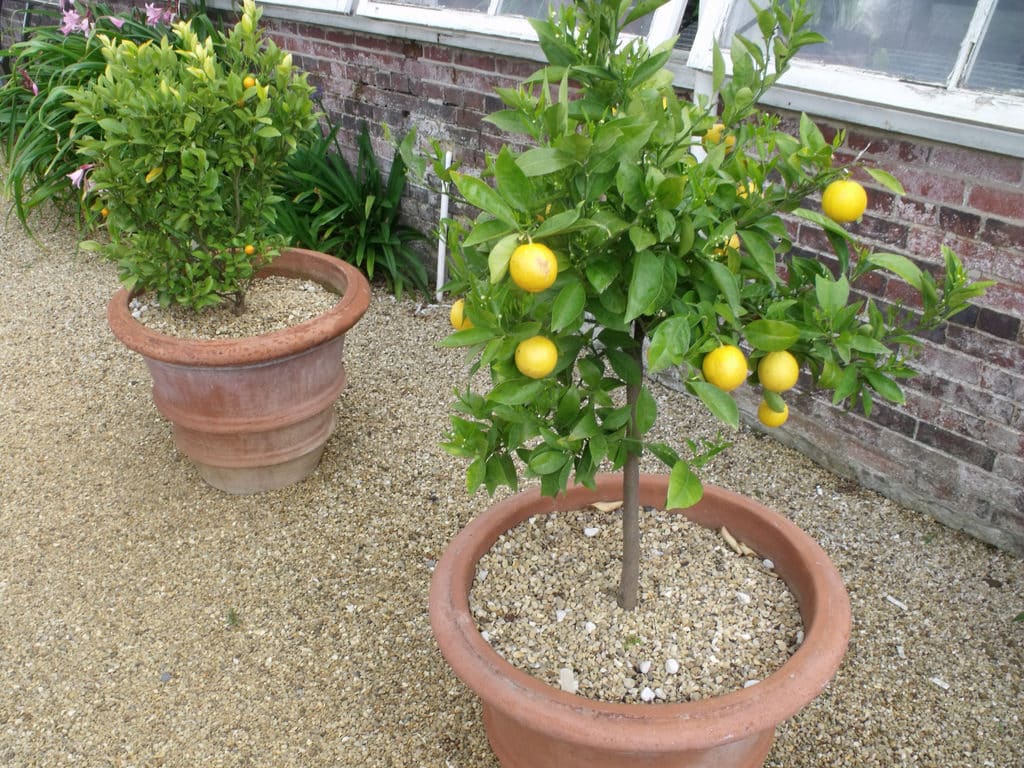
If you make a mistake, you can fix the situation by additional pruning of most branches. After this procedure, flowering is postponed for several years. You should be very careful.
Terms of the procedure
Lemon cultivation experts disagree on whether or not to cut a lemon in summer. Indoor citrus is not prohibited from pruning all year round. The best period is from late autumn to early spring, when the tree is dormant and new shoots have not yet begun to grow.
If the plant is adult, all the fruits are first removed from it.In winter, the crown thinning procedure is carried out in order to increase the yield for next year.
What tools will be needed
The shoots are shortened with a sharp garden pruner. A smooth cut will heal faster and looks aesthetically more attractive. Bitten and torn edges take a long time to heal, slow down the flowering and ripening of fruits. The tree spends a lot of energy on their healing.
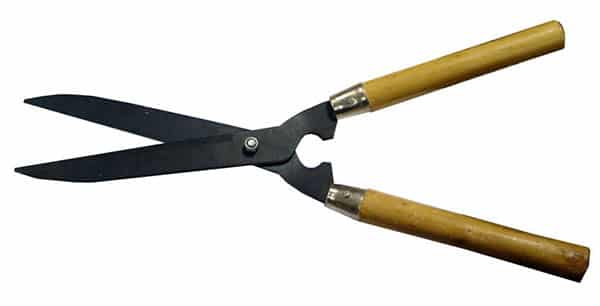
Schemes and technologies for the procedure
At home, the pruning scheme is as follows:
- The one-year-old shoot is cut to the height of the trunk. About 3-4 buds are left. The height of a houseplant is about 20 centimeters.
- As the shoots of the first level are formed, they are cut again, leaving 3 buds each. If only one shoot has grown, it is cut off completely in order to stimulate the growth of additional ones.
- Pruning continues up to the 5th level inclusive.
- If flowers appear at the stage of crown formation, they are removed. Fruiting inhibits the growth of branches.
Advice! If a weak shoot has grown, it is better to remove it completely. Branches that grow upwards are also subject to removal..
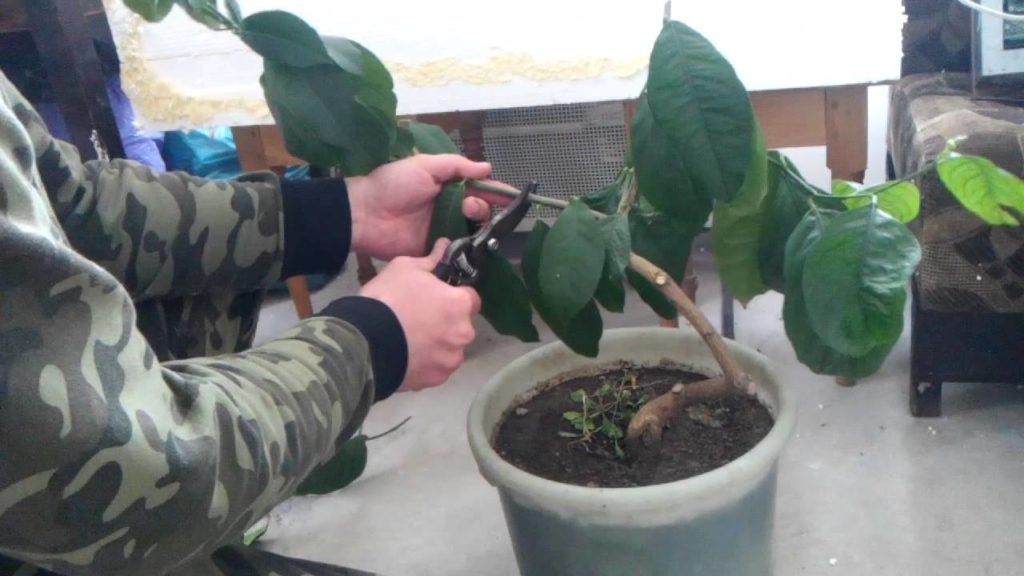
Crown formation
For home cultivation, a flat fan-shaped crown is preferred. It turns out a "living curtain" decorating the window opening. Without forming a crown, the tree will either grow to the ceiling, or will not fit on the window, table. In the process of forming such a crown, the development of processes extending from the trunk to the right and left is stimulated.
To do this, periodically turn the tree to the sun in different directions, completely cut off those branches that grow in the wrong direction. When it fills the required volume of space, a hard pinching is carried out. With such a crown, the lemon feels good, blooms profusely and bears fruit. All shaping work is carried out before fruiting. Shoots without buds and shoots are removed.
For abundant flowering
The lemon tree spends a lot of nutrients for flowering and subsequent ripening of fruits. If the tree has a lot of shoots with a small number of buds, weak and old, then the flowering will be weak. Removing these shoots from the tree stimulates the growth of others. A healthy and strong tree is always covered with buds. The main advice on how to properly prune branches for flowering is neatness. With a formed crown, young branches only thin out a little.

Advice! If flowers appear in winter, they need to be cut off, leaving only a couple for the scent.
For fruiting
The first lemons should appear on the tree only after the formation of its skeleton, when all the main branches are well developed and ripe. For a rich harvest, pruning is carried out during the flowering period. This will prevent the plant from depleting and stimulate the development of more citrus fruits. In order for the lemon to bear fruit, branches with little or no color are removed. You can trim thin shoots that cannot support the weight of the lemon.
Rejuvenating citrus trees
The lemon tree ages at the age of 15-20 years. Rejuvenation is carried out to extend its life with flowering and ripening of the crop. To do this, in the spring, all shoots are cut to the 4th and 5th level. Removing old branches leads to the growth of new ones from dormant buds. After the rejuvenation of the bush, it is transplanted into a new pot, removing about 30% of the root system. A new crown grows in 4 years, and all this time lemons do not bloom.
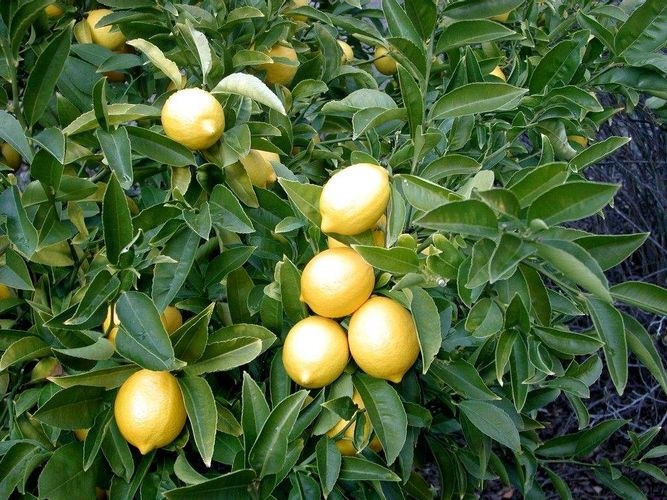
It is recommended to carry out minor anti-aging pruning throughout the life of the plant. To do this, dry and damaged branches are removed to the maximum. Citrus is additionally fed.
For propagation by cuttings
A new lemon grows from a seed or from a cutting. During pruning, many shoots appear for grafting. Choose healthy branches for planting material. Cut the stalk at an angle. Ideal for:
- branches about 10 centimeters long;
- they should have a pair of leaves;
- bark without damage, dry areas;
- there are no parasites.
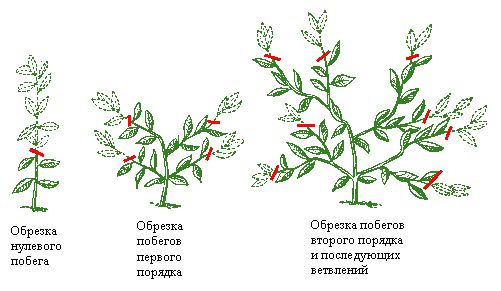
It is advisable to choose undersized trunks. To stimulate the growth of the root system, a cut of the cutting is dipped into a special solution.
Care after pruning
The pruning procedure is painful enough for the tree. After it, the lemon requires special care:
- Slicing processing. Thin branches do not need special care, and thicker ones are treated with garden varnish or sprinkled with ash. Additionally, shoots are disinfected.
- Plant feeding. Phosphorus-containing fertilizers stimulate the growth of leaves and shoots, accelerate the healing of branches.
- Transfer. Although lemon does not require a particularly large pot, after pruning, after 2-3 months, it is recommended to carry out the transplant procedure. A sign that the planting capacity is small - the roots stick out from the outside, they have filled the entire volume.

How to form a crown without cutting
Cutting off a part of living branches is difficult for any plant for two reasons:
- a lot of resources were spent on their cultivation;
- overgrowing the cut also requires additional energy.
As an alternative to pruning when forming the crown, use:
- pinching the kidneys before they hatch;
- direction of branches in the right direction as they grow with the help of wire;
- change the growth of young shoots by turning the pot towards and away from sunlight.

On a note! Lemon needs a lot of nutrients and time to grow. Frequent pruning is useless and damages the plant. Alternative methods should be used whenever possible.
How pinching differs from trimming
Both methods are used to remove some of the shoots. But if pruning is carried out for already grown branches, then pinching is performed as the plant grows. Unnecessary buds are removed or damaged from the branches until they open, and the crown of the shoot is also torn off if a sufficient number of leaves have formed on it. In this case, the plant does not waste energy on unnecessary green mass. The lemon will grow and enter fruiting time much faster.
Pinching and removing excess blooms
Lemon yield depends on flowering. The more magnificent it is, the more the plant's strength is wasted and the less the ovary will be. At the flowering stage, pinch small buds, damaged, irregular in shape. After opening, remove with a short stigma or without a pistil. Additionally, branches are pruned, where there are very few or no buds.
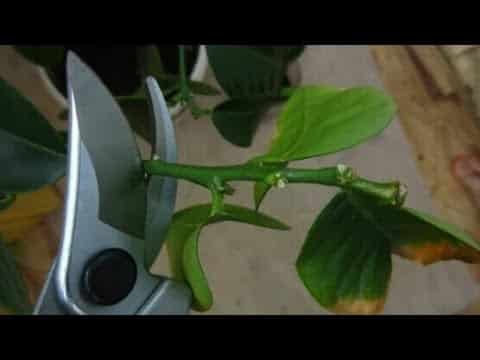
According to the number of fruits sufficient for one tree, the age rule applies. At 3 years old, only 2-3 lemons are left to ripen. At 4-5 years old, the plant is able to increase the yield to 7 fruits, and after 7 years, a good harvest consists of 10 fruits. If all excess is removed in time, the tree will give a good harvest for many years.
Tips for Beginners
For those who wish grow a lemon bush at home professionals give the following tips for pruning:
- until the crown is formed, all flowers are removed;
- if only one shoot is actively formed, it is completely removed;
- "tops" are cut out - branches that stretch up very quickly and are not capable of flowering;
- anti-aging pruning is performed for annual growth;
- if possible, trimming is replaced by pinching;
- at the stage of crown formation, a flat shape is preferable;
- short pruning stimulates the growth of new shoots, and long pruning stimulates fruit ovaries.
Timely pruning without undue zeal will help you grow a neat indoor tree. Proper care promotes the annual flowering and ripening of several lemons to the table.
